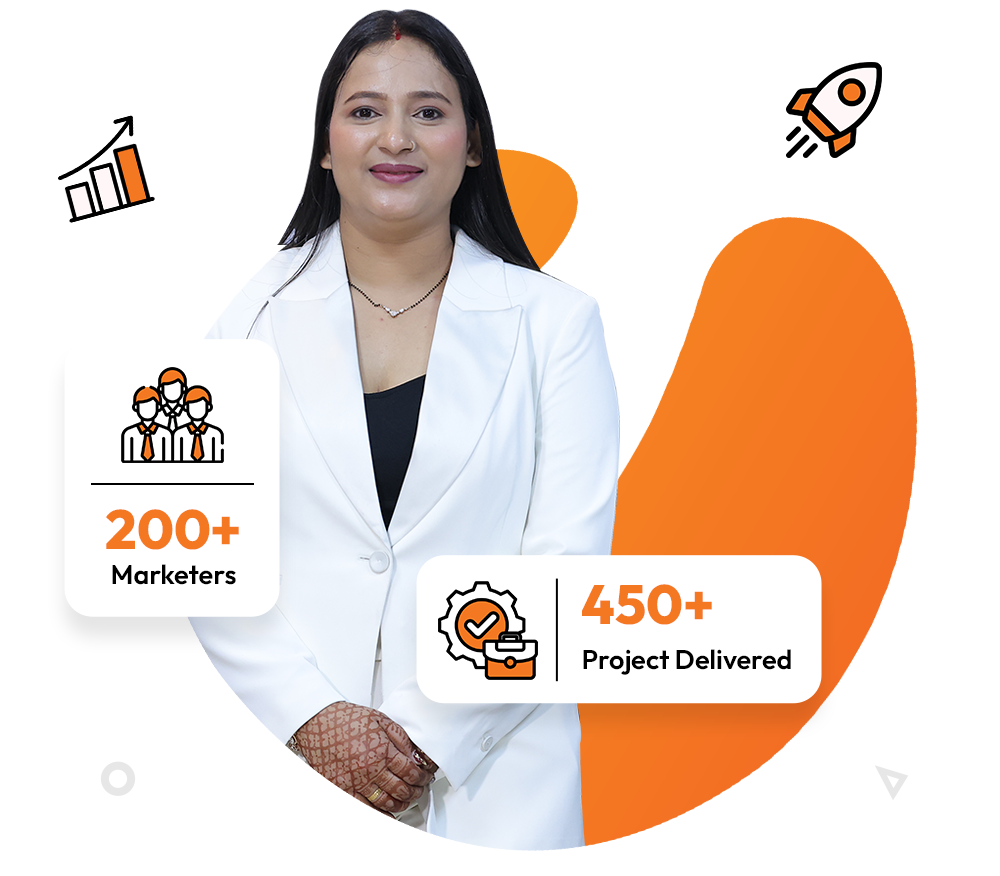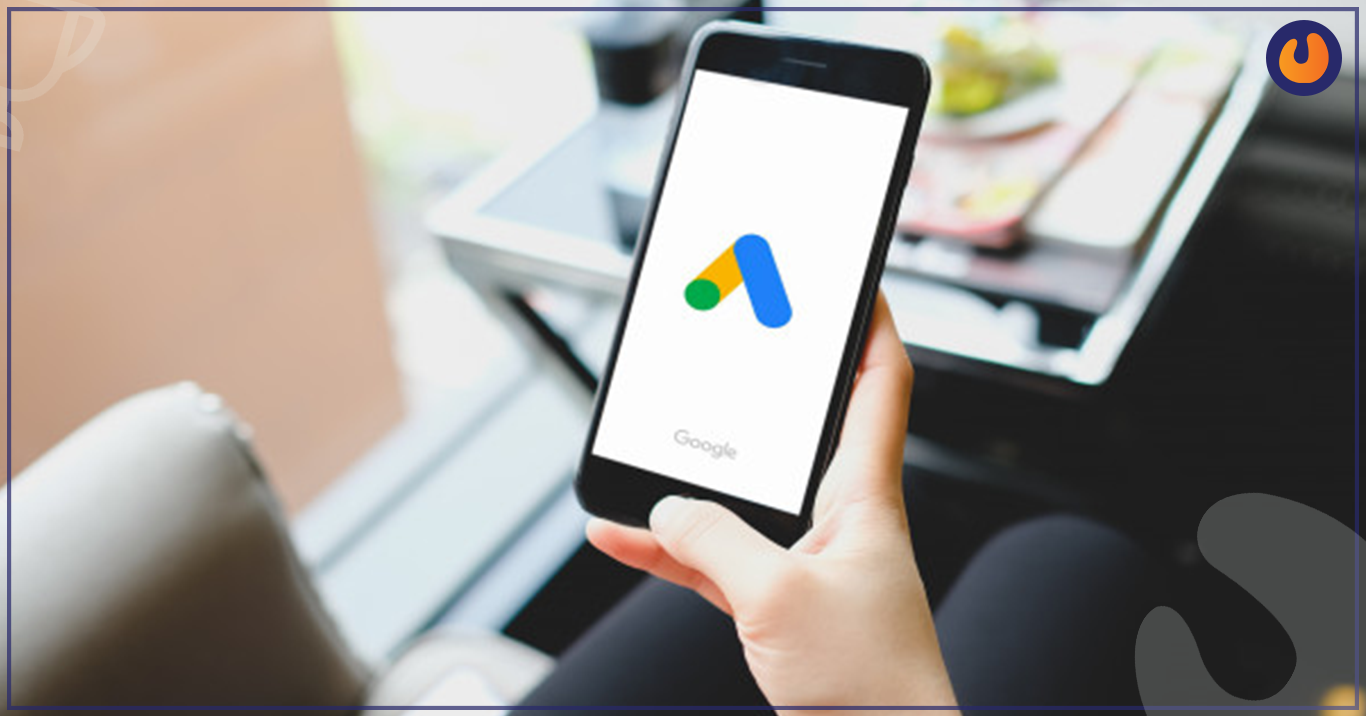

Google is time and time taking its performance one-notch up by making necessary advancements. The latest offering of Google is the introduction of more automation features and campaign types as a part of Advertising Week.
The announcement is a kind of groundbreaking approach in response to the years-long effort to use machine learning to serve campaigns and the pandemic.
This introduction is fruitful for the users. Jerry Dischler the vice president and GM of Ads at Google said in an interview, “We’ve now had a chance to take a step back and figure out what some of the long-term trends are, and we either create a new effort or accelerate existing efforts in order to try to play into those trends.”
Let us discuss the newly introduced automation features separately.
The COVID-19 pandemic took a toll on human lives. Every month since March was pounding. In May, the work-from-home culture took over, and at the same time, Google released rising retail categories, a tool that surfaces fast-growing product searches. Along with that, a new insights page in Google Ads management service UI will bring in data from rising retail categories as well as customized Google trends data.
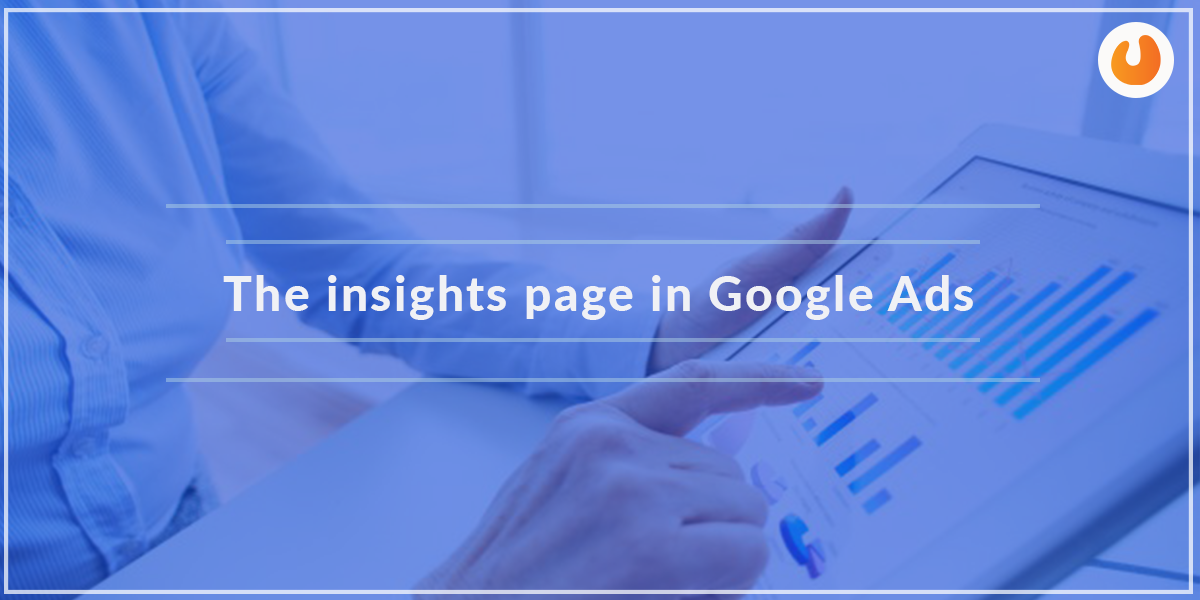
This tool will help the advertisers see currently trending searches, auction insights as well as interest predictions that are tailored to their account. In the coming months, insights will be rolling out in beta that will first come to the US and UK in the fourth quarter of 2020. Vice president Dischler said, “We’re hoping that this is just going to be a foundation that we’re going to build on top of in order to offer better business insights directly within Google Ads.”
The second newest introduction from Google is the automated video action campaigns that will be released to all advertisers shortly in the coming weeks. This campaign will run on YouTube and Google video partners.
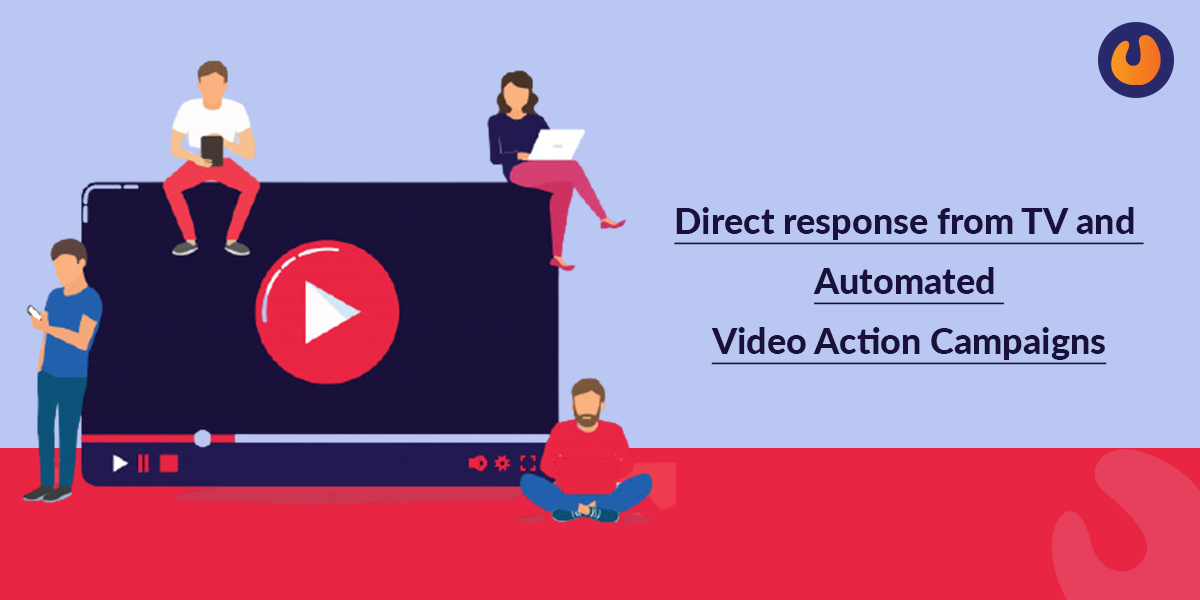
Apart from the automated video action campaigns, Google is also testing direct-response video ad formats for TV screens. This is because the traffic on YouTube is humongous that will keep on increasing in the coming future as well.
According to Google, more than 100 million people were glued watching YouTube and YouTube TV in May, and this figure includes both watching on laptops, smartphones, and TV as well. Dischler said they are witnessing an increase in numbers of users watching YouTube and also seeing progress with early direct-response tests. He said, “We’ve got brand advertisers that are doing very well, but the direct response has been elusive.” The video action campaigns are also visible on the television screen inventory.
Also, Read – Google Has Admitted Both Canonicalization And Mobile-Indexing Issues
Talking about Performance Max, Dischler said, “We’ve been working on automation for a long time, and COVID really felt like a turning point for a lot of advertisers, because when you have a big shock to the system like this, and you’re operating things manually, the load is so high … You’ve got to be focusing on other things like running your business.”
Oher automated options like Local campaigns, universal app campaigns, smart shopping campaigns, etc. do not run across all inventory, but Performance Max does. The campaign ads of Performance Max campaign ads serve on YouTube, Display Network, Discover, Gmail, and Search, complementing the standard search campaigns. In this, the search and search partners’ ads aren’t keyword-based and are served via dynamic search ads.
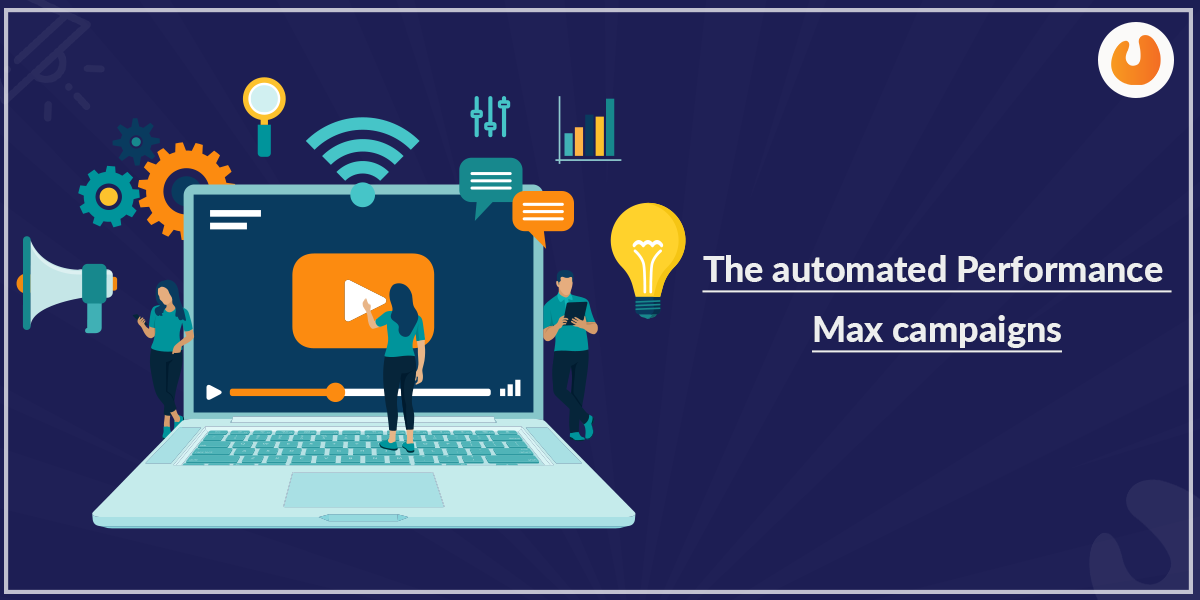
Advertisers here will once again supply copy and image or video assets, and Google’s machine learning systems will serve the responsive ads automatically across channels. It will also bid using automated smart bidding based on the advertiser’s goal.
Below is an example showing the use of the insight page in Google Ads and Google ads management service. This helps in getting additional performance trends for Performance Max Campaigns.
The real idea is to set up a solitary campaign that spreads across all Google-owned and operated properties rather than creating specialized ads for specific channels. These Performance Max campaign details will be included in the new insight page as well including the recommendations.
Performance Max campaigns are still in the early testing phase, which means more advertisers will be invited to the beta version, not before 2021.
Time to wrap up: Artificial Intelligence and Machine Learning are the future of technology. The introduction of these new products are an indication of Google’s one-step towards Machine Learning goals.
The announcement made last Tuesday was in the making for quite some time, and its implementation is what Google is looking forward to that will give them an idea of how the market is adopting this innovation. Both automated performance max campaigns and automated video action campaigns seem like Google’s attempt to match their success with UACs.
